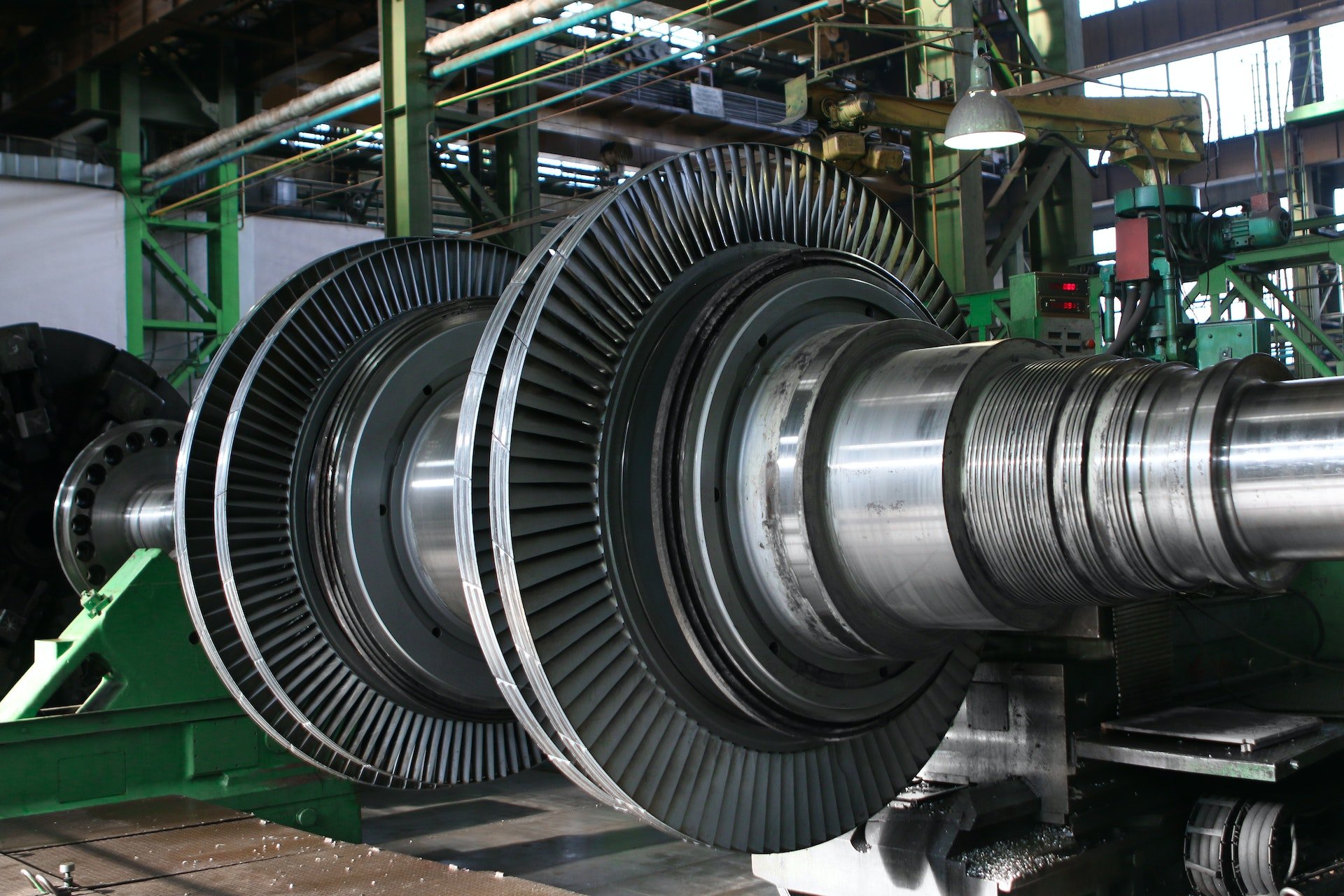Electroless Nickel Plating Advantages for Aviation MRO
Electroless nickel plating, or ENP for short, is a metal finishing process that sees a part or component coated with nickel-alloy by chemical reaction. Unlike other techniques that are used to achieve similar results, no electric current is needed.
Many industries use electroless nickel plating on a daily basis: in automotive, it is commonly applied to components like brake pistons, shock absorbers, and heat sinks. In chemical processing, it's commonly employed with mixing blades, heat exchangers, and impellers.
However, electroless nickel plating is in especially high demand in aviation MRO (maintenance, repair, and overhaul) tasks. When your number one priority is safety, nothing but the best will do — which is why electroless nickel plating is so commonly preferred in this context.
What is Electroless Nickel Plating?
During ENP, an aerospace component is submerged in a number of pre-treatment baths. Each one has chemicals with precise purposes like removing oil, dirt, or other obstructions from the surface of the part. Once this cleaning process is finished, the part is submerged in a plating solution. Nickel and phosphorus ions are deposited onto the surface of the component.
Once the appropriate thickness is present, the component is removed and inspected. Depending on exactly how thick the finish needs to be, this process can be carried out at five to 25 microns per hour in most situations.
One example of an ENP application for aviation is engine fuel injection systems. By their nature, these components are constantly subjected to corrosive fuel mixtures and chemicals, and electroless nickel plating provides a durable layer of protection in a uniform and consistent thickness that’s ideal for parts with tight measurement tolerances.
Electroless Nickel Plating Advantages for Aviation MRO
Electroless nickel plating is often preferred in aviation maintenance, repair, and overhaul applications due to all the types of parts it is suitable for.
The ENP process is more effective than electroplated nickel when coating parts that have sharp edges, deep recesses, intricate seams, or similar characteristics. The more complex the geometry of the part, the less effective electroplated nickel is because the finish is ultimately not uniform. Areas like threads prove challenging and ultimately may turn out to be a failure point for the component in question.
Electroless nickel plating offers a more uniform finished product, even in hard-to-reach areas of a substrate's surface. This is critical for aerospace, defense, or even military applications where loose-fitting parts and unexpected component failure could literally put people's lives at risk.
Remember that the goal of aviation MRO is to guarantee the safety and airworthiness of an aircraft while also protecting those inside. Anything that makes this easier and more effective is a step worth taking, which is why electroless nickel use is in demand for virtually anything that runs on a turbine engine.
To speak to that uniformity, note that the deposit can also eliminate the need for post-plate grinding — something that adds complexity (and that ultimately increases costs) for aviation MRO professionals everywhere. It can also be applied over a wide range of different substrates, including but not limited to aluminum, steel, stainless steel, brass, copper, and even nickel base alloys.
Additional Considerations About Electroless Nickel Plating
Another advantage of electroless nickel plating for aviation MRO is that it can increase both the lubricity and the chemical resistivity of aerospace engine components like mounts, shafts, pistons, valves, compressor blades, and other flight-critical parts.
Many metal finishing operations also benefit from dramatic reductions in operational costs, since the equipment necessary to generate an electrical current isn't needed. These savings can be passed on to the end user. Nickel is also a much more cost-effective material than alternative choices such as silver, which might be used for similar plating traits.
Overall, electroless nickel plating helps to prevent frustrating (and costly) periods of downtime, improve the efficiency of aviation operations, and increase the total longevity of equipment. The less time aviation MRO employees spend dealing with frustrating situations like part failure or disruption, the more time and attention they can devote to keeping people safe.
If you'd like to find out more information about the advantages of electroless nickel plating for aviation MRO applications, or if you have any more questions, please contact us today. You can also request a quote and we will get back to you within 24 hours, guaranteed.

